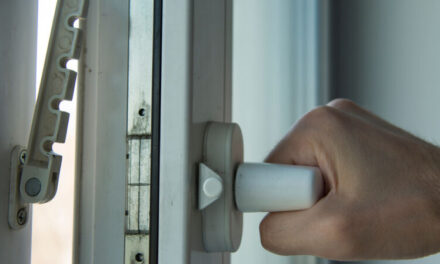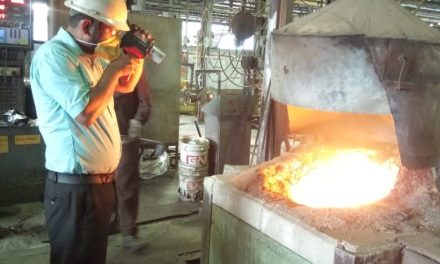Suitable for use as a first line indicator to identify potentially unsafe installations and wiring faults, socket testers offer a fast and effective solution when properly specified. Particularly useful as a service tool in identifying potentially unsafe conditions prior to carrying out work on existing installations or connecting new appliances, these useful devices can also be used to identify socket outlets which may require a more detailed assessment as part of periodic inspection and testing.
“From the first ever ring main socket tester to today’s comprehensive range of residential and industrial check plugs, to many in the industry, Martindale means socket testing,” says Steve Dunning, Managing Director. “They are still a must have for any tool kit and can act as the first indicator to a fault before a full test and inspection is carried out to BS 7671.”
Offering electricians and maintenance personnel confidence and peace of mind, the Martindale CP501 classic check plug is a quick and easy way to ensure that 13A sockets are correctly wired. Featuring three bright long-life LEDs, wiring faults are indicated by one of the LEDs failing to illuminate, with the pattern of lit LEDs indicating the type of fault detected. This fail-safe system means that any LED not lit indicates a fault. The fault condition can be easily identified from the list of most common faults clearly displayed on the front of the label.
With the added benefit of an audible sounder to confirm that the wiring is correct, the BZ101 is the ideal choice for checking sockets that are not easily visible or in difficult to access locations. In addition, with the audible indication, the BZ101 can also be used as a basic fuse finder. When the correct fuse is pulled, the buzzer stops.
Cased in robust ABS housing with a sculptured shape for easy removal, the CP501 and BZ101 are instantly recognisable. They can accurately indicate up to 28 faults, the most common of which can be interpreted from the quick key on the front of the tester with further details clearly shown on a useful instruction card supplied with all Martindale socket testers.
However, it’s important to recognise that although socket testers can be used for detecting first line fault conditions, they are not an alternative to full verification of wiring installations. For full verification it’s necessary to follow the inspection and testing procedures set out in BS 7671, using a full set of test instruments complying with the relevant parts of BS EN 61557, typically with a multifunction electrical tester such as a Martindale ET4000.
For more information, please visit martindale.tips/SKTPR




